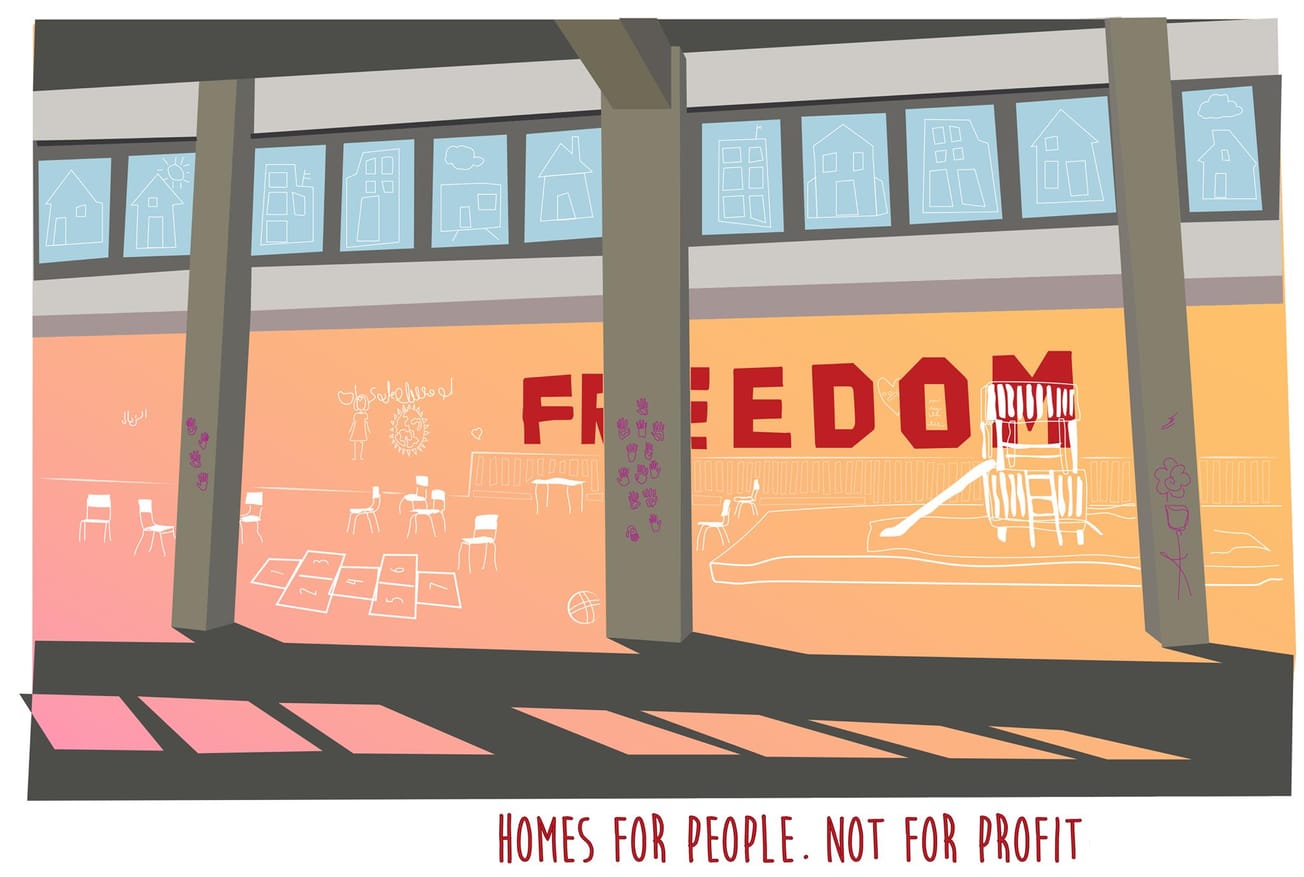Ffion Clarke discusses whether the conservation efforts of Bristol Zoo justify keeping animals in captivity
Following human environmental interference and exploitation, many animals face extinction. The issue is so severe that it is described as the Sixth Great Extinction. There seems to be a need for increased conservation efforts and societal concern. Overwhelmingly this is used to justify the presence of zoos. However, popular documentaries such as ‘Blackfish’ have made the wider population increasingly critical of the quality of life of animals in captivity. With Bristol Zoo Gardens’ focus on education and conservation, a closer look at the situation here gives a useful insight into the help versus harm balance of zoos.
Part of the zoo’s profit goes to conservation projects
Bristol Zoo is tied to the Zoological Society charity, which provides interactive educational opportunities for children of all ages. This encourages the personification of animals, allowing the formation of attachment and desire to care for their wider conservation. This benefit does not however justify the sheer number of zoos in the UK. With over 500 institutions displaying wild animals in the UK, it seems zoo culture is driven by profit.
It is also questionable whether zoos are really the best way to teach children about animals. Though it is an easy way to come close to animals, and one of the few ways to do so, seeing animals in a captive context could do more harm than good. It encourages the idea that animals are something to be controlled by humans. So, while it may make them want to help animals, the form of help desired won’t really do anything to improve the lives of animals with most of their issues driven by human exploitation.
Conservationists from Bristol Zoological Society are using state-of-the-art technology to help safeguard the future of giraffe in Cameroon. We set up special cameras that are triggered by movement to keep track of the population of Kordofan giraffe.https://t.co/yxOaQaR0zW pic.twitter.com/HgPrVPKAwD
— Bristol Zoo Gardens (@BristolZooGdns) March 22, 2018
The Zoo has a good understanding of how to truly help the giraffes, with recognition that their diminishing population is driven by the over-grazing of cattle. With other institutions, such as governments and corporations, often failing to address this while discussing the environment, as they often benefit from the over-exploitation of land, Bristol Zoo’s focus on curbing this over-grazing seems incredibly useful.
Arguably, holding animals in captivity also facilitates the closest possible monitoring to ensure greater research than would be possible with wild animals. Consequently, it is possible to conduct research beneficial to the sustenance of the wider population of such animals.
The idea that zoos can solve the issues faced by animals is truly quite ironic
As is broadly discussed, the quality of life experienced by animals in captivity is however something to be questioned. There are widespread criticisms that the animals look incredibly distressed. But with limited knowledge of animal behaviour we honestly cannot be sure of this. The behaviour of animals does not mimic that of humans, therefore something that seems distressed doesn’t necessarily mean it is.
That being said, it is very understandable that animals in such a position would likely experience a level of discomfort. Not just because their movement is now limited, but because the noise and light levels are so unusual and unpredictable. For example, the extreme noise levels experienced on the night of the Bristol Zoo’s adults-only ‘Big Night Out’ event. While such events do not seem to be running anymore, the fact the zoo was willing to cause the animals at least a slightly increased distress says a lot about the profit drive of zoos.

Seals at Bristol Zoo
Flickr/Steve Lacey
The idea that zoos can solve the issues faced by animals is truly quite ironic. It is doubtful that animal issues, widely caused by human exploitation, can truly be solved by anything which continually perpetuates the idea that we as humans have the right to control everything.
While the zoo may be targeting the specific human issue of over-grazing, dealing with this will only solve this specific problem in this specific area. At the same time, as zoos encourage human control of our environment it normalizes other forms of nature exploitation damaging to animals. This idea of human superiority is so deeply embedded that specific zoo conservation agendas cannot tackle it, and lessening the captivation on animals might actually be more useful.
Featured image: Unsplash/Jack Cain
What is your view on zoos? Let us know...








